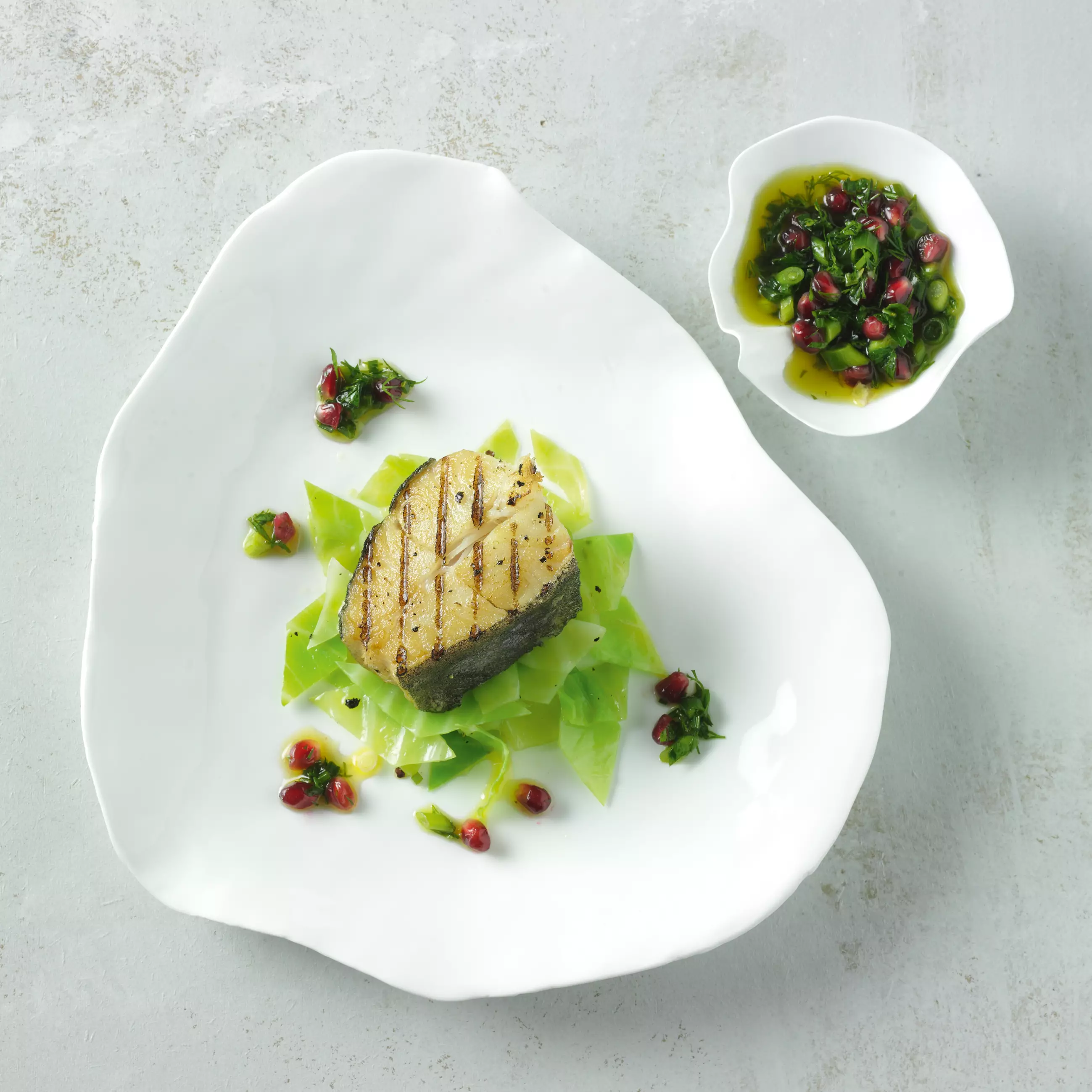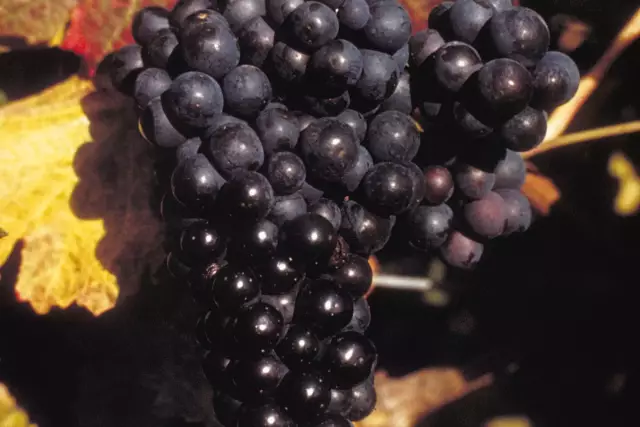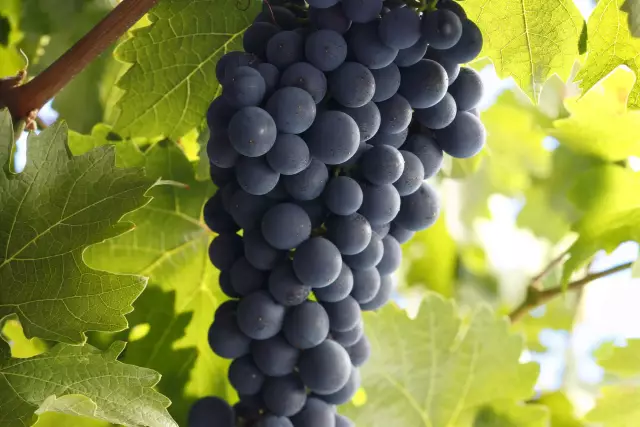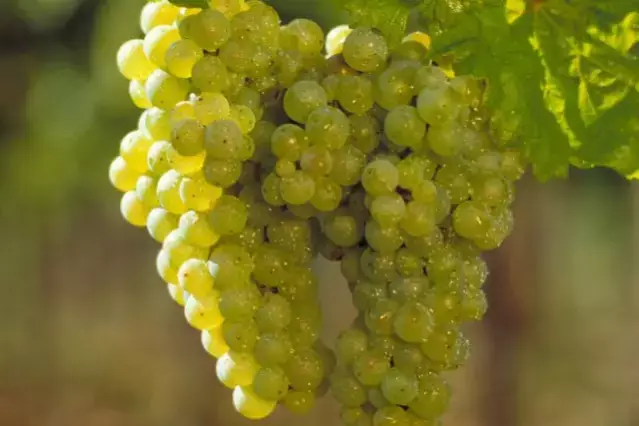Pinot Blanc
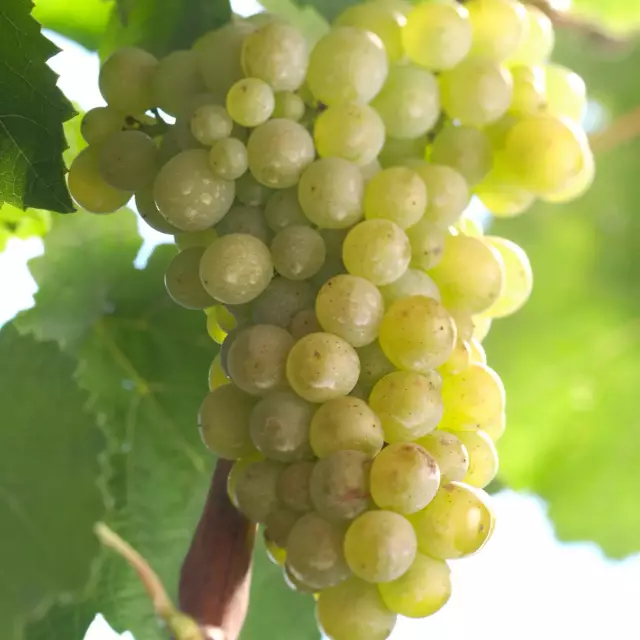
A scion of the famous Burgundy family, Pinot Blanc has been known since the 14th century.
Facts
-
6,1
percent of the German vineyard area
-
6.318 ha
Vinyard area 2023
Cultivation
The demands of Pinot Blanc on soil and climate indicate that it is related to Pinot Noir. These demands are high: warm, preferably deep and strong soils as well as exposed, dry-warm sites are preferred. The variety causes few problems in cultivation and can achieve high must weights due to a long ripening period.
Significance
Pinot Blanc is not only found here at home, but also among our neighbours. In France, the variety is called Pinot Blanc, in Italy Pinot Bianco, and it is also common in Austria, Switzerland and Slovenia. German winegrowers are discovering more and more the value of this elegant grape variety.
In 2023, about 6,318 hectares or 6,1 percent of the German vineyard area were planted with the variety, which thrives wherever it is already too hot for Riesling. We have been observing a steady upward trend for several decades - since 2001, the area under vines has almost doubled. Baden, with about 1.660 hectares, is considered a stronghold of Pinot Blanc, as are Rheinhessen and the Palatinate, with about 1,641 and 1,491 hectares respectively.
Wine making and flavours
Elegant Pinot Blancs with a dry taste, fresh acidity and fine fruit are ideal menu wines. In addition to light summer wines, there are powerful bottlings up to the dry Auslese. Not overly rich in alcohol, Pinot Blanc has a discreet aroma, often reminiscent of green nuts, apple, pear, quince, apricot, citrus fruit or fresh pineapple. Moderate body and a pleasantly refreshing acidity characterise it as a versatile menu wine. It is therefore well suited to seafood, fish, veal, pork and poultry, or simply as a well-chilled terrace wine. More extract-rich variants and barrique wines also go well with lamb or delicate dishes of young game.
Pinot Blanc presents itself as pale to light yellow in the glass, delicate and restrained on the nose. Its slightly nutty aroma is typical. When dry, its medium to full body and fine acidity make it suitable for many dishes. Barrique barrels are also used for late harvest and selection wines. In addition, noble sweet wines and refreshing Weißburgunder sparkling wines are available in limited quantities.
History
Pinot Noir is considered to be the original form of Burgundy. Pinot Gris is a light bud mutation of Pinot Noir, and Pinot Blanc can be seen as a continuation of this mutation via Pinot Gris. Until the grapes begin to ripen, these three true Burgundy varieties can hardly be distinguished; as they ripen, the expression of the grape colour and the aroma and taste components develop. Pinot Blanc has been known since the 14th century.
At a glance
- Grape variety on a steady upward trend
- High demands on climate and soil
- prefers exposed, dry-warm sites and deep soils
- late ripening
- Aroma: discreet, reminiscent of apples, pears, mangos, nuts, quinces
What is the difference between Pinot Gris and Pinot Blanc?
Pinot Blanc is often the counterweight to the creamy Pinot Gris - lighter, tangier, fresher. However, the color of the grapes is particularly striking: Pinot Blanc produces greenish-yellow berries, while those of Pinot Gris are distinctly copper-colored.
Tip from the Norwegian kitchen Halibut with cabbage and pomegranate sauce
Nordic cuisine and German wines - a harmonious combination! Halibut goes well with a 2-3 year old Pinot Blanc that is full-bodied, rich and complex, ideally with refreshing acidity and pronounced minerality.
- 400g Heilbuttkoteletts oder Filets
- 1 kleiner Weißkohl
- 100g Butter
- 1/2 Granatapfel
- 1 Frühlingszwiebel
- 15g Petersilie
- 15g Schnittlauch
- 15g Dill
- 200ml Olivenöl
- 1/2 Zitrone
- 1 Salz und Pfeffer
Preheat the oven to 180 degrees. Place the olive oil in a pan and heat up. Then add the halibut cutlet and fry briefly on both sides. Then place the halibut in the oven for 8 to 10 minutes. Meanwhile, cut the cabbage into slices, removing the white centre first. Put the butter in a clean pan and, once melted, add the cabbage and cook until soft. Season to taste with salt and pepper.
For the sauce, drain the seeds from the pomegranate in a bowl of cold water. Finely chop the parsley, dill, chives and spring onions, place in a bowl with the olive oil and season with salt and pepper to finish.
<p
<p>Serve the halibut on a bed of cabbage and serve with the sauce before eating.
- Pinot Blanc (trocken)
- Pinot Blanc (halbtrocken & feinherb)
